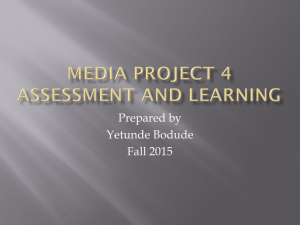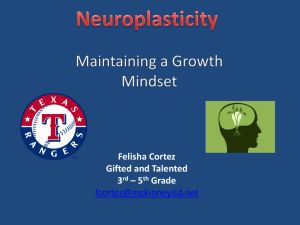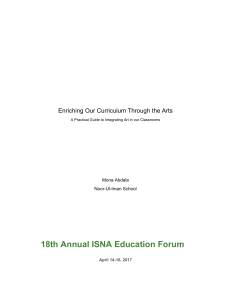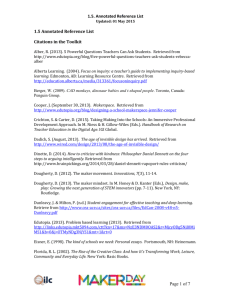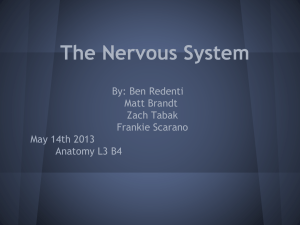File - EDL-7200: Learner Centered Teaching
advertisement
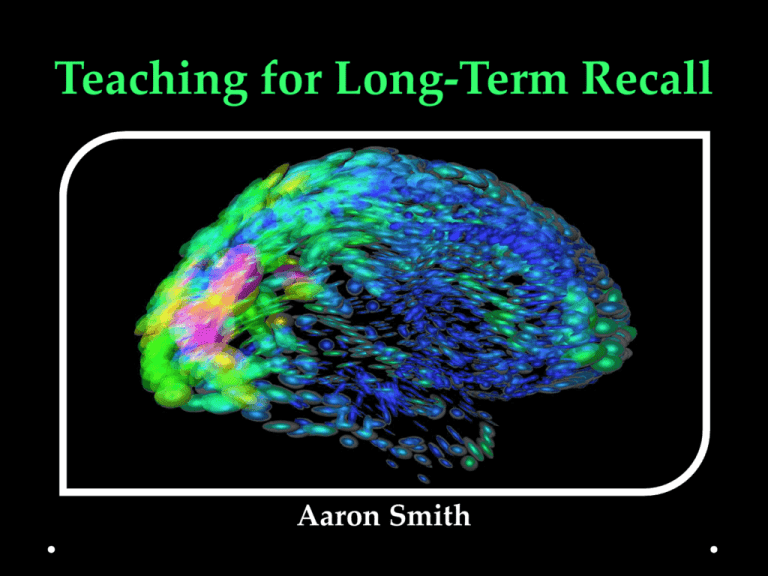
Teaching for Long-Term Recall Aaron Smith Introduction Research has evolved to reveal how we learn Our brain changes simply by experiencing new things Balancing repetition with new ideas Sleeping is a major factor in longterm memory development Authentic Learning makes information relevant to your students Scaffolding provides the roadmap for future recall A student’s own words provide meaning Learning Objectives define what students should retain long-term Conclusion References Bernard, S. (2010). Neuroplasticity: Learning Physically Changes the Brain. Edutopia. Retrieved September 29, 2013, from http://www.edutopia.org/neuroscience-brain-based-learning- neuroplasticity Doyle, T. (2011). Learner-Centered Teaching: Putting the Research on Learning into Practice, Sterling, Va: Stylus Publishing Halber, D. (2009). Sleep helps build long-term memories. MITnews. Retrieved October 06, 2013, from http://web.mit.edu/newsoffice/2009/memories-0624.html Silverman, S. (2005). Long Term Memory Strategies. Stritch School of Medicine Teaching/Learning Center. Retrieved October 06, 2013, from http://www.meddean.luc.edu/lumen/MedEd/USMLE/Long_Term_Memory.pdf Stufflebeam, R. (2008). Neurons, Synapses, Action Potentials, and Neurotransmission. Consortium on Cognitive Science Instruction. Retrieved September 27, 2013, from http://www.mind.ilstu.edu/curriculum/neurons_intro/neurons_intro.php
